Lesbian bars are like coming home no matter where you are in the world
In 2020, there were only 16 lesbian bars left in the nation. Now the options are expanding worldwide.
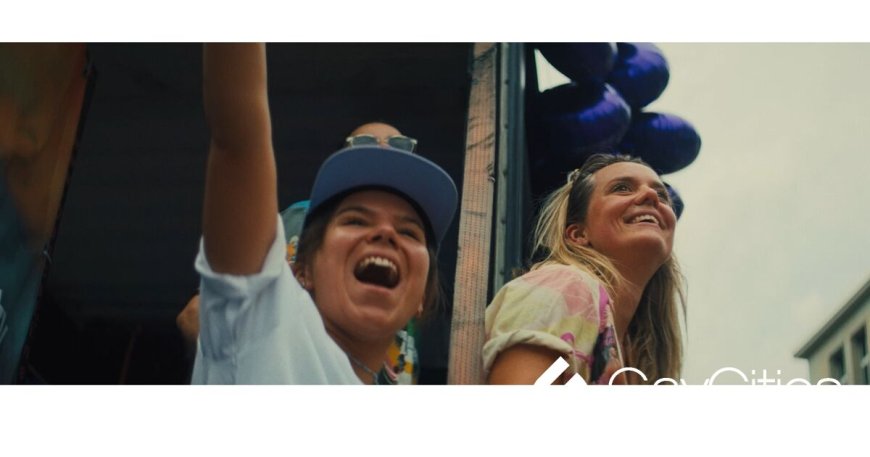
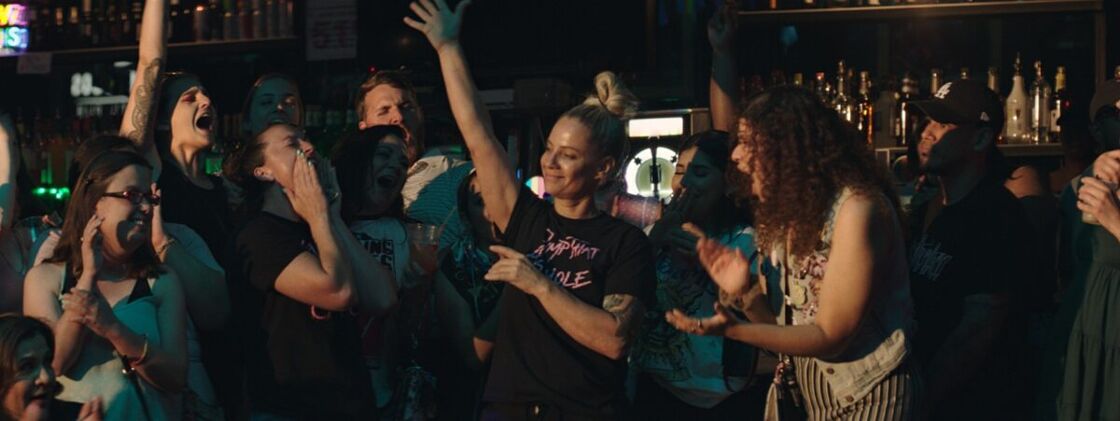
Picture the scene: It’s London, mid-February: short days, cold streets. But in Broadway Market, something’s abuzz. A new bar, La Camionera, has opened its doors. There are less than a handful of lesbian venues in the country, and promises of natural wine, negronis, and vermouth naturally draw a crowd. Candle-lit tables, however, are quickly filled, and outside, the street is alive with the overspill of hundreds of queer women.
This event went viral on TikTok and has since been coined ‘Winter Pride,’ highlighting the desire for more lesbian spaces in Britain. This is also the case across Europe and America, and the Lesbian Bar Project is here to document it.
New York Filmmakers Erica Rose and Elina Street founded the project in 2020 to spotlight and support America’s last lesbian bars. In the ‘80s, there were hundreds. In 2020? Only around 16. Fast forward four years, and the duo have EMMY and GLAAD nominations under their belt and several documentaries shining a light on queer venues across the world.
Pack your bags, we’re going on an adventure
Subscribe to our weekly newsletter for the best LGBTQ+ travel guides, stories, and more.
Subscribe to our Newsletter today
Backed by Jägermeister, the initial episodes transported viewers to Houston, Phoenix, and New York bars. But this year, the project released its first international episode: “The Lesbian Bar Project: FLINTA,” which documents the triumphant stories of FLINTA (Female, Lesbian, Intersex, Non-Binary, Trans, Agender) communities in Germany. At GayCities, we caught up with Elina and Erica about the need for queer nightlife in 2024.
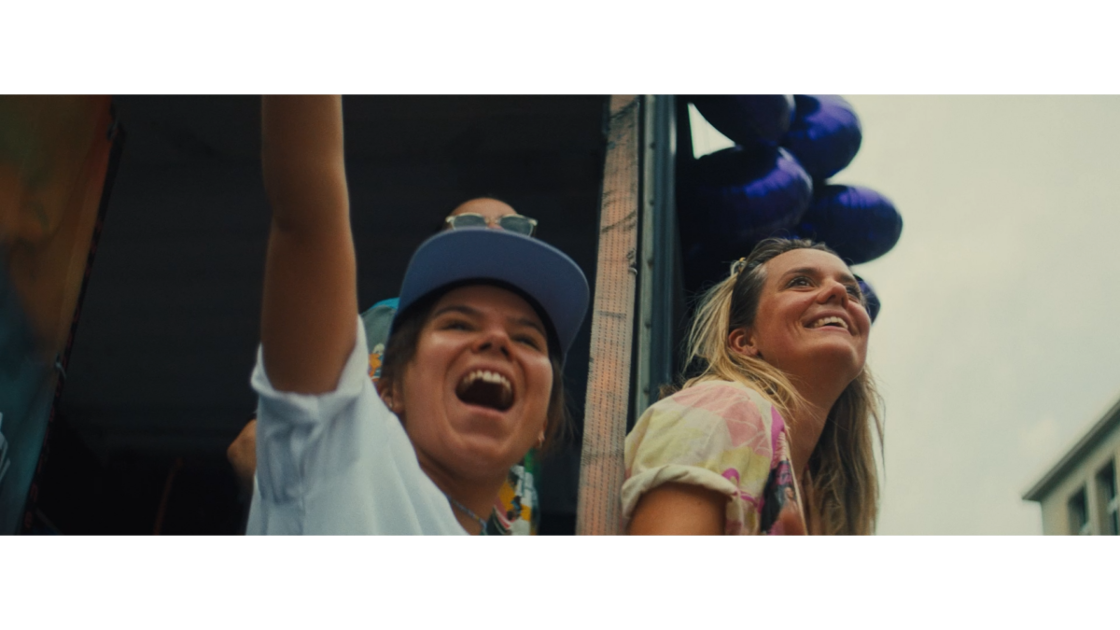
“Even though there has been a lot of progressive change in our society, it’s still far from equitable,” Erica starts. “Most social places aren’t designed for our needs to be catered to, so having a space where we are prioritized is empowering and liberating, and until we can have a fully equitable society, we need spaces like this. Even if we have an equitable society, I don’t think there’s anything wrong with us as FLINTA people wanting a space with other FLINTA people.”
The need for these spaces is foregrounded across The Lesbian Bar Project’s portfolio, where staff members and customers alike refer to queer bars as “homes” and the communities inside them as their “family.”
“We choose who is family, who we love, and who we don’t,” says Payman Neziri, the owner of BOIze Bar in Cologne. “My friends are my real family, and I do this work for them.”

Creating a queer family in your hometown is a special thing. But on the road, it can be harder to find. “A lot of queer people, when they travel, one of the first things they do is look up the local queer bar scene,” says Erica.
Many have used The Lesbian Bar Project as a map to road trip the States. “It’s really cool,” Erica grins. One day, she hopes to publish an international list people can use when they travel. “I don’t think any of these bars are not clamoring for more business, so the more tourism, the better.”
And there’s already plenty of gems to tick off your bucket list. Elina gives us a queer-coded rundown of the places in her passport. To her surprise, Cologne was “literally, like, the gayest city ever.”
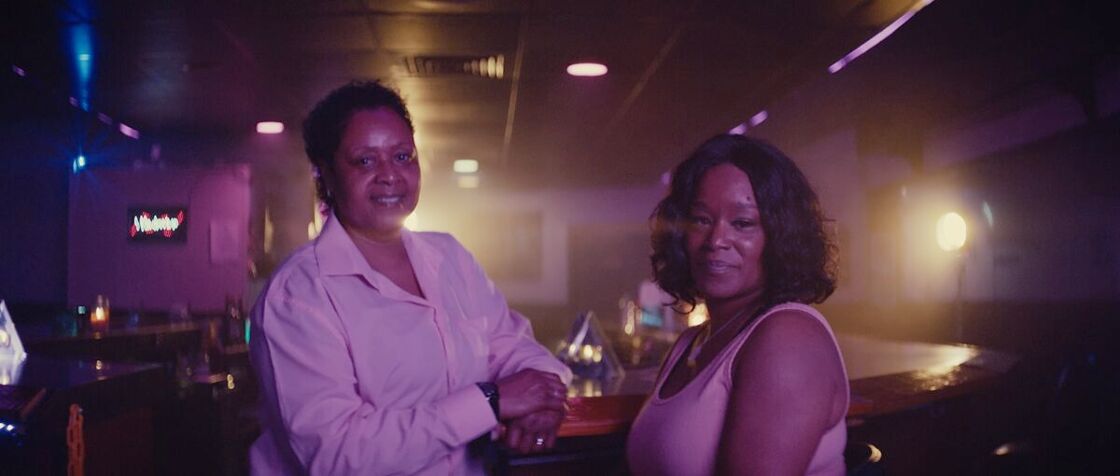
She looks back fondly: “There’s the biggest pride there. It feels like it’s more of a mainstream queer culture.”
In contrast, Berlin boasts more nightlife collectives than traditional clubs. “Everything’s a little bit more niche,” Elina describes, “a little bit more secretive and not as visible. It’s very interesting to see the different subcultures, and Berlin is super international, so it totally matches the space and the community they serve.”
The Lesbian Bar Project visits the only FLINTA bar in Western Germany – the modern, hip BOIze Bar – in its latest episode. Elina can’t speak of it highly enough. “It’s this amazing space created by a woman called Payman, who is also this incredible DJ, very ingrained in nightlife, and she just creates this space that’s totally packed every night.”
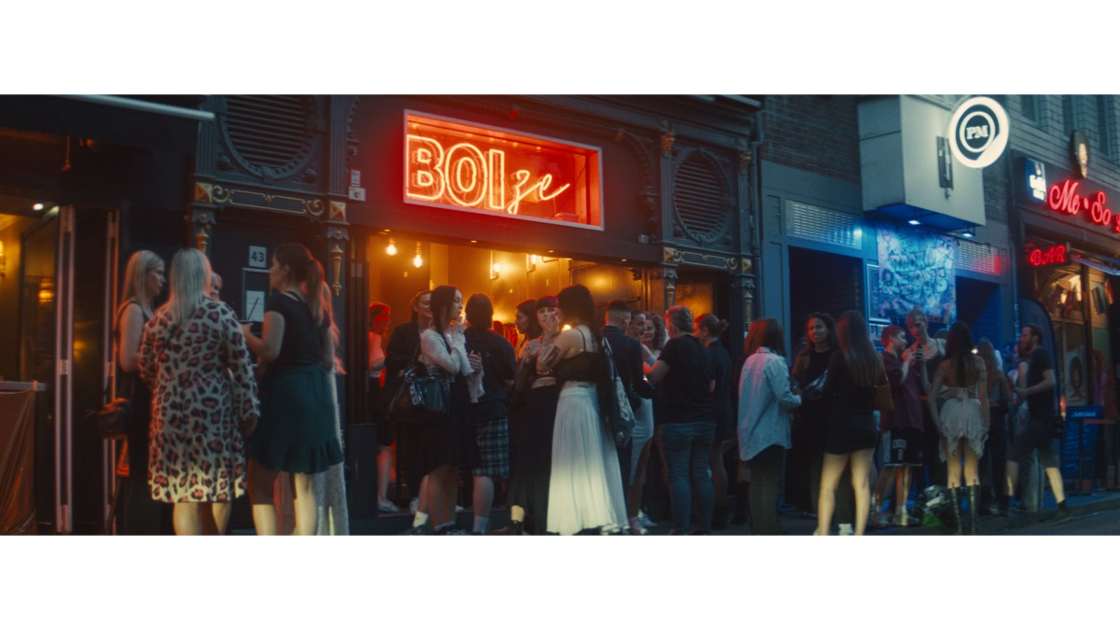
In contrast, there are the Berlin party collectives platformed later in the episode: Bebex, a “party for the people” that is “from LGBTQ BIPOC for LGBTQ BIPOC,” and Girls Town, a party and haven for FLINTA people, which takes place several times a year across several cities.
Elina has noticed this split between a mainstream club scene and counterculture across Europe. In the UK, there’s the popular lesbian bar She, in Soho, which blasts feel-good pop into tin-can-esque walls, versus the sexy Spanish bar La Camionera, which Elina considers “a bit more niche.”
It’s the same in the US. Venues in the coastal cities are more accessible, she explains, and then there are the places in Arizona and Texas that people drive hours to get to because they don’t have anywhere else to go, making the space all the more important.
“The word FLINTA to me means freedom,” Payman says in the documentary, “freedom to be heard and freedom to be seen,”
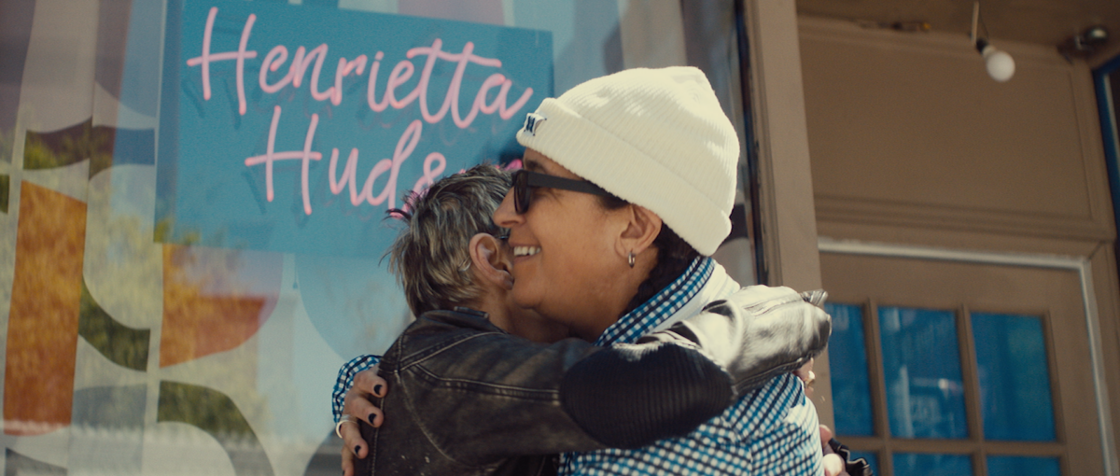
Whether it’s a walk down the street or a four-hour road trip, this freedom to be yourself is worth traveling for. But Erica and Elina started The Lesbian Bar Project during the pandemic when you couldn’t travel for anything. Stuck inside, the pair looked back on memories that stood out.
“Usually these [times] were going out with friends to the bar,” Erica says, “this idea of spontaneity, the idea of not knowing where the night ends. There’s this magic about that. It’s part of living. It’s part of experiencing the world around you, meeting new people, and changing and evolving. Nightlife is where these things happen.”
This was what drove them to do the project. Erica says it ‘forced us indoors, behind computer screens. For some people, that’s living. But for both of us, it wasn’t in the same way.”
She says that nightlife is somewhere you can make friends and shake off the shackles of a professional front to show off other parts of your personality. “It’s a really freeing experience.”

Elina and Erica, friends before the project, are in awe of the communities they document, particularly the bar owners. “Both of us are constantly crying,” Elina admits. “We’re just totally enamored and moved by these amazing, resilient women who have gone through it to get where they are.”
And running a FLINTA bar is tough. “[The owners] are not often actually asked how hard it is,” Elina points out, “and the best part of our job is we can ask those questions and get to know them so deeply.”
So, what struggles are FLINTA bars around the world facing at the moment? Rising rents, gentrification, and the fact that women are still getting paid less than men are the main culprits making things tough, lists Erica, who says that small businesses, in general, are very difficult to have these days.
There’s also the changing way people socialize, with many happy to meet online rather than in a bar. “It’s so much easier to hide behind your phone to meet people now,” says Elina, “so people feel less of a need to go into these spaces.” Then she adds, “They should though” with a laugh.
The bars that succeed are those that listen to the community’s changing needs, Elina continues. Look at BOIze Bar. Payman put together huge screenings of the German lesbian dating show Princess Charming (the cast got involved), and she’s also thrown parties for her regular patrons, including a top surgery crowdfunder for one.
“[The bar] feels like home to them,” explains Elina, “and that’s the only way to get people to still come, is to feel like they’re actually being directly interacted with.”

Elina is awestruck by how places have adapted. Bars serve sober guests a range of non-alcoholic cocktails, appeal to parents with daytime events, and welcome a broad range of ages with different activities. “It’s really cool,” she says animatedly, “because these spaces are more than bars; they’re community centers. They are spaces where people can be with their people.”
Since 2020, Erica and Elina’s list of lesbian bars in the USA has grown from 16 to 33. And Europe is following suit, with The Lesbian Bar Project’s latest episode testament to the vibrance of Germany’s burgeoning FLINTA scene. It looks like lesbian nightlife is building back.
But what does the future hold for lesbian bars around the world? “Of course, there’s still going to be adversity, and there are unprecedented challenges ahead of us,” says Erica, “but the bars are just going to keep growing and evolving… growing with the times, growing with the community.
“FLINTA people are the best organizers and the best activists. We don’t want a world where these places don’t exist, and they’re going to keep showing up in new ways.”

 Mark
Mark 





